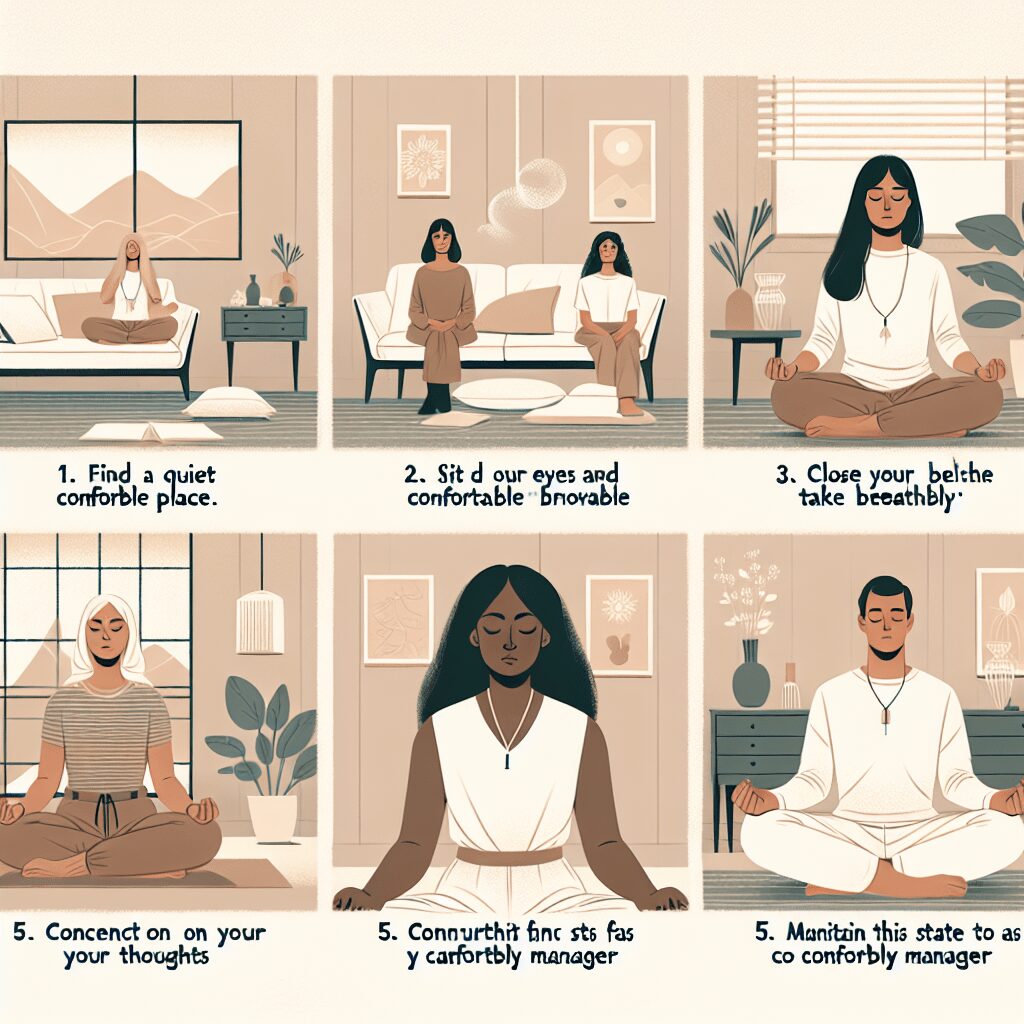
Prioritize your mental well-being daily. Enhance your life by nurturing your mental health with the Smart Meditation app. Break free from stress, alleviate anxiety, and enhance your sleep quality starting today.
Dance Therapy Practices
Unleashing the Power of Movement: A Dive into Dance Therapy
Let’s bust a move into the dynamic world of dance therapy, where twists, turns, and tango steps do more than just burn calories. They’re your new therapists—no couches, just grooves. This isn’t your average dance class at the local community center. Dance therapy, or dance movement therapy (DMT), harnesses the power of movement to support mental, emotional, and physical integration. Think of it as a bridge, where the rhythm of your body meets the rhythm of your mind. Intrigued? Let’s boogie into the details.
The Rhythm of Healing: What Makes Dance Therapy Tick?
Dance therapy operates under the premise that body and mind are inseparable. The idea is, by moving the body, you can improve the mind’s wellbeing, tackling issues from stress and anxiety to more profound psychological conditions. But how exactly does this work? Let’s break it down, step by step (pun intended).
-
Expressive Power: At its core, DMT provides an outlet for expression. It’s the language of those unspoken emotions, with each movement translating feelings that words can’t capture. For folks who find it challenging to vocalize their inner turmoil, hitting the dance floor offers a microphone to the soul.
-
Mirror Neurons at Play: Ever caught yourself tapping your foot to someone else’s beat or smiling back without thinking? Thank mirror neurons for that. In dance therapy, when a therapist mirrors a client’s movements, it supports emotional connection and understanding, building a bridge of empathy and rapport.
-
Holistic Approach: Dance therapy doesn’t just zero in on one aspect of a person’s health. It’s an all-hands-on-deck situation, addressing emotional, cognitive, physical, and social integration. By engaging the whole body, it taps into a range of benefits, from improving flexibility and balance to reducing feelings of isolation.
Step onto the Dance Floor: Getting Started with Dance Therapy
Curious about giving dance therapy a whirl? Here’s how you can take the first step or dance move, in this case:
-
Find a Professional: Look for a registered dance therapist. These professionals have undergone specific training to guide clients through the therapeutic process of dance.
-
Keep an Open Mind: Leave any “two left feet” jokes at the door. Dance therapy is less about perfect moves and more about personal expression and exploration.
-
Listen to Your Body: This form of therapy is all about tuning into your own body’s needs and limits. No need to push beyond what feels right.
-
Explore Different Styles: From ballet to belly dancing, DMT can incorporate any dance form. Experiment to find what resonates with you and brings joy.
In today’s digital age, embarking on your dance therapy journey is more accessible than ever. Alongside traditional in-person sessions, there are online platforms, and yes, even apps for Android and IOS crammed with resources, guided sessions, and community support to get you moving from the comfort of your own home.
So, why stick to traditional healing methods when you can shimmy your way to wellness? Give dance therapy a go. After all, life’s a dance, you learn as you go. Sometimes you lead, sometimes you follow, but the therapeutic rhythm of dance ensures you’re always moving towards a healthier, happier you. Let the music play and let your body speak—it’s time to dance your way through therapy.





